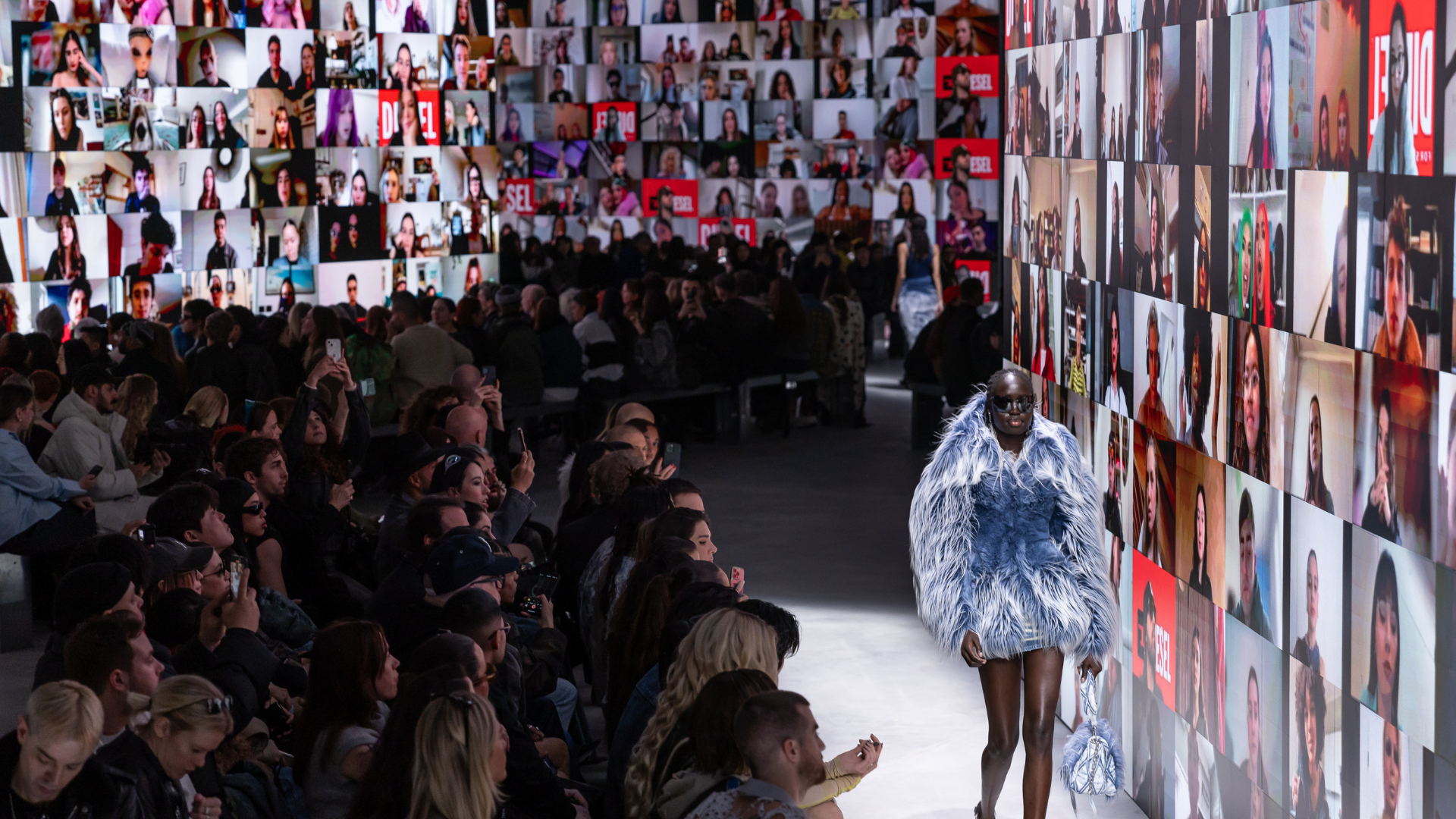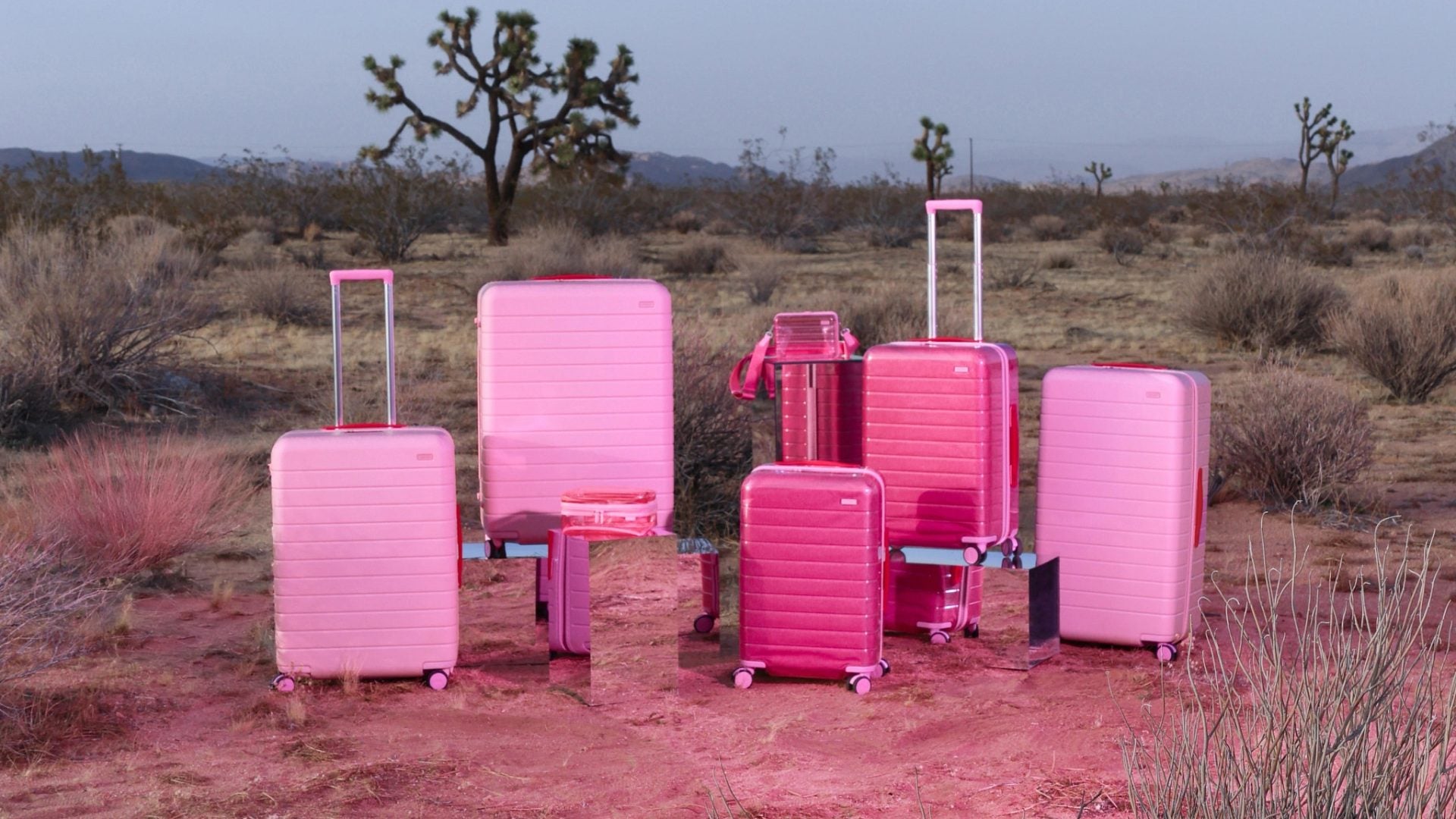
Technological transformation is disrupting all industries, and the fashion world stands at the forefront of this wave of innovation. Allied Analytics has already predicted a $4.8 billion growth in digital fashion by 2031. The digital fashion market’s growth parallels with the growth of platforms dedicated to the industry such as Digital Fashion Week, which took place in style last month with the unveiling of the world’s first-ever live motion capture hologram runway show, taking over fashion capitals worldwide.
Web 2.0, the current version of the Internet, is contending with Web 3.0, which offers a world of opportunities. According to Huntrezz Janos, an experimental multimedium artist the possibilities are endless. “As a Black woman in the tech and creative industries, I’m both excited about the potential of Web3 to disrupt traditional fashion norms and empower underrepresented voices, while also being jaded by the seemingly forever slow or barely moving progress toward sustainable practices in the fashion industry.”
Web3’s potential to democratize fashion is immense, especially for those who’ve historically been marginalized. Delz Erinle, a serial Web3 innovator building Astra, an operating system for AI-powered fashion design, virtual pre-sales, and on-chain manufacturing. Erinle notes that Web3 introduces a decentralized, user-empowered future. He also expresses that doing so creates profound implications for creativity and commerce in fashion while reshaping everything from design ownership to consumer interaction. “At Astra, we’re leveraging this shift by enabling fashion designers to use AI and blockchain technology to design, prove ownership, and sell directly to customers,” Erinle adds. “This not only ensures creators retain control but also opens up new avenues for innovation and direct customer engagement.”
According to Chief Metaverse Officer at Artificial Rome, Kadine James the main drawing factors of Web3 fashion are its authenticity and uniqueness. James explains that these factors compel brands to explore decentralized platforms, where ownership and provenance can be verified transparently. “We at Artificial Rome have just produced a global Web3 campaign, the first global campaign for the launch of Diesel’s Metamorph collection, where all the elements were created directly in Unreal.” This unique digital experience allowed an online audience to play together with players from physical retail installations in real-time.
From James’ vantage point, AI fashion and Web3 fashion ownership will continue to evolve to encompass not only physical garments but also digital assets such as virtual fashion and digital avatars. “Through blockchain technology and NFTs, consumers can also assert ownership over digital creations, participating in the design, customization, and trading of virtual items.” James adds that they’ve worked with some of the world’s finest digital tailors including Edvard Van Nielsen. Nielsen styles her for virtual events including Digital Fashion Weeks and Metaverse fashion shows.
“Right now, people are looking for alternatives. We don’t want to participate in fast fashion or contribute to major waste, so digital fashion is providing a way of owning clothes without the physical element,” said Lauren Ingram, founder of Women of Web3. Ingram shares that Web3 is appealing because it represents an alternative internet and it allows true ownership of digital belongings. She notes that Web3 is the third major wave of the internet after websites and social media. “We don’t actually own the content we share on Instagram, or our songs on Spotify, but Web3 changes that–you can fully own things on the blockchain, and brands can’t take them back.”
Several global brands have taken up the opportunity of utilizing Web3 including Adidas and Nike, who have created NFTs. These two companies have also driven real revenue from them, as well as truly building communities. As of February 2023, since 2021, Nike reportedly earned $185 million in NFT sales revenue. Additionally, Nike’s Dot Swoosh program which is a digital community and marketplace that focuses on virtual products further proves that the brand is invested in betting on NFTs. In 2021, according to The Verge, one drop of 29,620 separate NFTs earned Adidas $22 million–the NFTs were approximately $765 each.
Luxury brands have also collaborated with digital artists to create limited-edition digital fashion items. In 2022, there was an NFT boom that saw 29 fashion brands many of which fell in the luxury category launch products, reported Vogue Business. That year brands including Gucci, Louis Vuitton, Prada, Paco Rabanne, and more released NFTs ranging from PFPs or personalized profile pictures. Hopping in on the trend that year, Tiffany & Co. released 250 Cryptopunk-inspired custom pendants for holders of Cryptopunk. This marked the LVMH-backed brand’s official foray into the Web3 space–CNN reported that they sold out swiftly.
In 2022, Diesel expanded its embrace of the Metaverse with the release of its D:VERSE NFT collection. This expansion made it possible for customers to access a private Discord channel, purchase pieces from the brand’s Fall/Winter 2022 collection, and receive access to “discounted NFT pre-sales, raffles, metaverse wearables,” reported Hypebeast. Fast forward to its most recent presentation where the brand utilized a personalized web experience that made it possible for fans to watch its runway show in real time.
NFT-enabled fashion pieces have influenced brand engagement and consumer interaction by offering unique and collectible digital assets that can be traded, showcased in virtual worlds, or used to enhance digital identities. Development in Web3 has opened up new avenues for creative expression and brand collaborations within the fashion industry.
With the rise of virtual fashion and digital avatars, the concept of ownership in the context of Web3 fashion is evolving. While traditional ownership is based on physical possession, digital garments exist as intangible assets. Web3 technologies can enable ownership through NFTs, allowing individuals to own and trade digital fashion items. This ownership can be manifested through digital identities and avatars, creating a new paradigm for self-expression and fashion consumption in the virtual realm.
Web3 technologies empower consumers to become more actively involved in shaping the design, production, and distribution processes of fashion products. Through decentralized platforms, consumers can participate in co-creation initiatives, vote on design choices, and provide feedback to designers. This fosters a sense of community engagement and inclusivity, as consumers become part of the fashion ecosystem and have a direct impact on the products they consume.
Nevertheless, developments in Web3 and fashion are not free of their challenges considering NFT’s major crash in 2022 and the global market. There is still a long way to go for Web3 fashion according to Jordan Baker, Founder of Meta ME LLC. “Regulatory compliance frameworks need to be established to address legal and ethical considerations,” he shared. “These challenges can be addressed through technological advancements, industry collaborations, and regulatory frameworks that balance innovation and consumer protection.”







Web3 has the potential to enhance inclusivity and diversity within the fashion space by promoting underrepresented voices and addressing issues of cultural appropriation and tokenization. Through decentralized platforms, diverse designers and creators can showcase their work and gain exposure, challenging the traditional gatekeepers of the industry. Web3 technologies also enable the creation of digital fashion items that celebrate cultural heritage and promote cultural exchange in a respectful and inclusive manner.
As virtual and augmented reality technologies become more integrated with Web3 platforms, they have the potential to shape the future of fashion retail and consumer engagement. These immersive experiences can enable consumers to try on virtual garments and explore virtual shows. There may be some challenges along the way for Web3 and fashion nevertheless, but it’s part of the fashion future.






